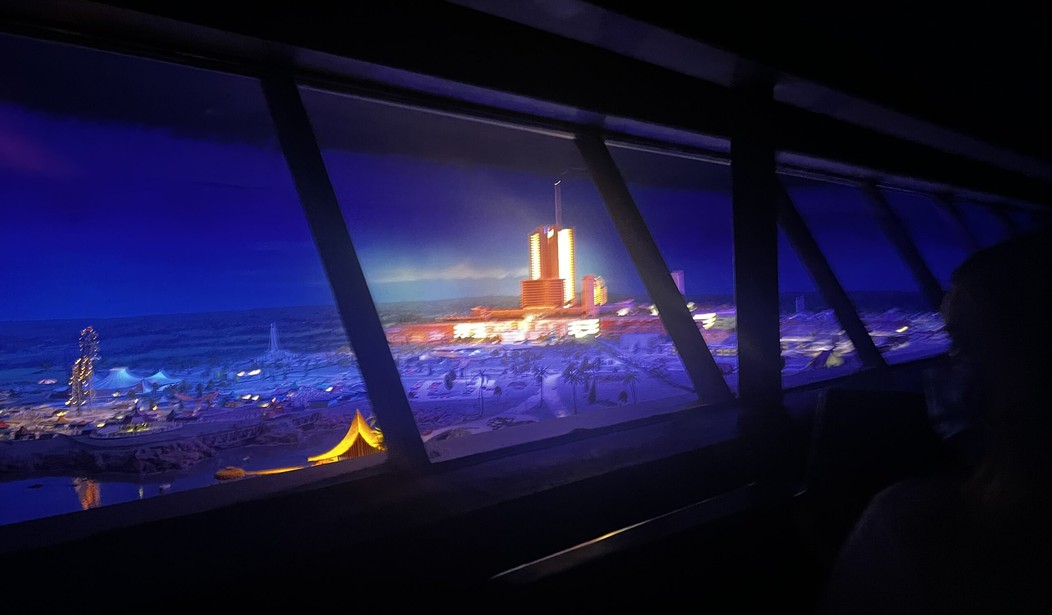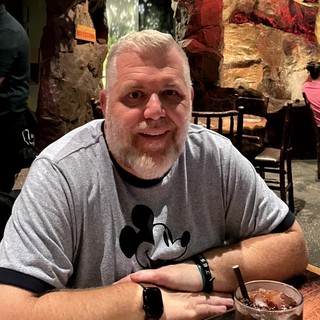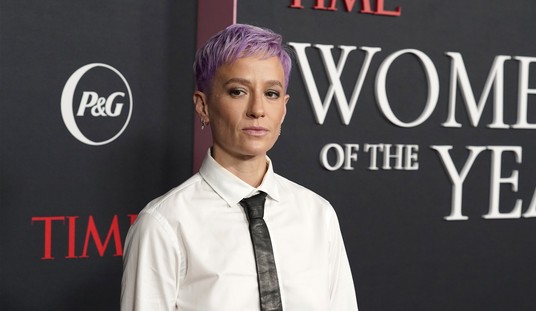There’s been a ton of discussion lately about Disney and its quasi-governmental control in Florida. The Reedy Creek Improvement District (RCID), which the Florida legislature established in 1967, allowed Disney to operate its property without state or local government intervention for years until Gov. Ron DeSantis (R-Fla.) and the state legislature stepped in put an end to it this year.
While there was a retaliatory element to DeSantis ending RCID after Disney stuck its nose in the state’s business over the Parental Rights in Education law last year, it was clear that the time had come to shut RCID down. Disney had truly taken advantage of its self-governing status, and the state did the right thing in revoking the act that established RCID.
I’ve often called myself a bit of an amateur Disney historian — although my PJ Media colleague Stephen Kruiser told me that I ought to be a professional one by now — and I’ve written dozens of articles here about the good things that Disney has done. So here’s where some history is in order.
It’s easy to see how, in the beginning, establishing RCID was a good thing. After all, Disney was building a theme park and resorts using technologies that would have gotten mired in bureaucratic red tape at the time. The company was putting cutting-edge technology to work in everything from phone systems to wastewater treatment. The planning and building of Walt Disney World was a brilliant example of free-market innovation at its best.
Related: Florida Tourism Board Member Reveals What’s REALLY Going on With the Disney Lawsuit
Walt Disney had an especially ambitious idea for the property as well. He was a believer in what I call “optimistic futurism,” and his utopian ideal was a futuristic city where residents would get the opportunity to try out new ideas from the free market. He put forth his ideas for what he called EPCOT (Experimental Prototype Community of Tomorrow, also dubbed Progress City) in a short film that he made in October 1966, just two months before he died.
It’s an inspiring and exhilarating vision, even though it’s a massive pipe dream. Shortly after Walt passed away, the company abandoned the dream of EPCOT/Progress City, ostensibly because it was too impractical. Or was that the real reason?
Once RCID was in place, Disney must have gotten a taste of what quasi-governmental power was like — at least that’s what Richard Foglesong, author of Married to the Mouse: Walt Disney World and Orlando, suggested to Slate recently.
“While Foglesong was reporting his 2001 book, which traces Disney’s use of its government immunities and relationship with the surrounding area, he dug into Disney’s archives, poring over company documents and memos. Instead of evidence of serious plans for the development of an idealized city, he found a warning from a lawyer that such a development could threaten Disney’s control of the land,” reports Slate. “If there were real residents, they would be able to elect a local government and establish the external control that Disney feared.”
“Looking at that two-page memo about the development plans, Foglesong recalled in an interview, he saw that ‘someone had written NO in inch-high letters,’” the story continues.
Foglesong related that a Disney archivist told him that the “NO” was Walt Disney’s handwriting. So either Walt Disney was lying or the archivist was wrong. (The Disney historian and fan of Walt in me is inclined to believe the latter.)
Either way, the Walt Disney Company used the promise of an innovative city with ambitious ideas to push for self-government. As Slate puts it, “Disney wanted to run its land like a general-purpose government, in much the way cities like Orlando are run today. So it promised a real city with real residents. Then it simply never followed through.”
At the end of the day, RCID outlived its usefulness, but that didn’t stop Disney from trying to hold on to its self-government. Now we know that self-government is what the company wanted from the start, and it was willing to use Walt’s dream in order to get it.
As I said before, I’ve written reams about Disney — both good and bad — right here at PJ Media over the years, and I couldn’t have had the chance to do it without your support. How can you support PJ Media? By becoming a VIP member.
What’s so great about a VIP membership — besides the privilege of being called a VIP? Your VIP membership unlocks access to exclusive content: hotter stories, deeper dives, and even podcasts and live chats. as well as — best of all — an ad-free experience! Trust me, that alone is worth the price of admission.
All of this can be yours for a terrific value, with even better savings if you pay for the whole year at once. And don’t forget about VIP Gold, which unlocks access to VIP perks at all of our Townhall Media sister sites. PJ Media VIP is a tremendous value on its own, but you can use the promo code SAVEAMERICA and get 40% off!
Sign up today! You won’t regret it, and we’ll be eternally grateful. Because supporting fearless conservative reporting and analysis is more important than ever.










Join the conversation as a VIP Member